District enables healthy eating
Photo by Katie Beedle
Students and staff are limited in their lunch options and do not have much of a say in what they eat due to federal and state school nutrition guidelines and regulations. Many students bring their own foods for lunch each day because they do not like what the school offers or they are not familiar with certain foods such as whole grains.
Students are coming and going from the bustling cafeteria with their takeout from across the street. Burgers, salty fries, and sweet malts from the lunch line. Sound like today’s typical lunchroom? Think again.
Food that students and faculty are available to at Stillwater Area High School has changed over the past 10 years, and even dramatically in the past year. Changes in federal law have cut fat and sodium over the years, with whole grain being an addition to this year’s new changes as well. A closed campus means students cannot leave for lunch, and have less options when lunch time rolls around. But who makes the decisions about the food SAHS students receive?
Over the past 10 years, few changes have been made to the food students are available to, but they were not necessarily seen. When whole grain changes were made, it was a big deal.
“Our bosses. They’re both nutritionists. But they have to follow guidelines that are passed down to them. Everything is regulated.”
— Marie Jara
Marie Jara, who prepares food at SAHS said, “We cut out the fats, we cut out sodium, or lowered sodium, there were these hidden things that you didn’t see. Because when we took out the fats, we added spices. We took out sodium, we added more spices to give food flavor. Whole grain was a huge thing, because it impacted pretty much everything we serve.”
An issue with all the changes in today’s lunchroom is that they are all federal changes. On a state and district level, people are not getting much of a say in what is in lunchrooms, because everything offered in a school has to follow certain guidelines.
Jara was asked if she has had any input on the changes over the past year. She said, “No, it all comes down from the federal government.”
On a district level, asked if anyone gets to make decisions, Jara added, “Our bosses. They’re both nutritionists. But they have to follow guidelines that are passed down to them. Everything is regulated.”
A major problem with students’ dislike for the “new” food they are offered at school can most likely stem from the fact that they do not know what all of their options are. SAHS’s lunchroom offers many options daily, including a fully stocked snack bar, a cooler filled with freshly made salads and sandwiches with sides (veggies, an apple, graham crackers, etcetera).
Lunch lady Sara Nelson, said, “Even my son, my son just started here, he didn’t realize he could get that [salad] as a lunch. And I told him, ‘If you see something on the line for hot lunches you don’t like, grab a sandwich, grab a salad… make sure you have something to eat.’”
Another issue with students not being pleased with school food can be related to the norms of what they eat at home. Things like whole grains are deferring students. Whole grains are a generally a new, big idea (not just in schools, but in stores and homes as well).
Jara explained, “The students aren’t used to it, if they don’t eat it at home, then they’re not going to come to school and go, ‘Oh, that was the best meal I’ve ever had because it was whole grain.’”
Also, students have limited options during lunch because they are not allowed to leave campus and confined only to school food.
Principal Robert Bach said, “When I was a senior, we had open campus. So we’d go out to lunch. I was eating Little Caesars just about every day.”
Even the people who prepare the food in the lunchroom everyday wish there were changes. More time make food by scratch is ideal, but there are issues with how that pans out.
Nelson said, “I wish we could make more things from scratch, go back to things they were a while ago. But it all comes down to money and time, it doesn’t leave much wiggle room.”
However, chefs are being hired in some districts in the nation and even becoming the norm in some places.
Bach said, “There are more and more schools that are going to hiring outside cooks to come in, and there are some schools that have unbelievable school lunch programs. They literally have chefs prepare all of their stuff on site, they’re cooking food from scratch, it’s definitely a different ballgame for some of those schools. That’s not necessarily the norm, but it’s becoming more and more… close to the norm”
Bach was asked if he thinks SAHS would have that kind of future, and said, “If they did, I’d eat school lunch more”
Students at SAHS generally do not know the full potential of the meals they are offered, but also are not liking some of the options because they are not used to them. When it comes down to it, there is not a lot that can be done about the changes, because of laws that need to be followed. But changes are coming to the nation’s lunchrooms, who knows, maybe for the better.

Amelia spends a lot of her free time reading and spending time with her friends. She works as a barista at Caribou Coffee. She participates in drama and...



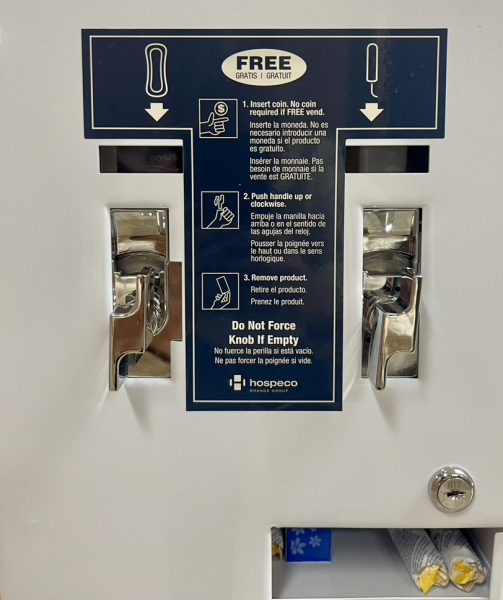

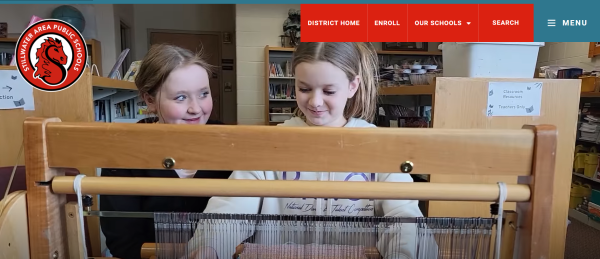
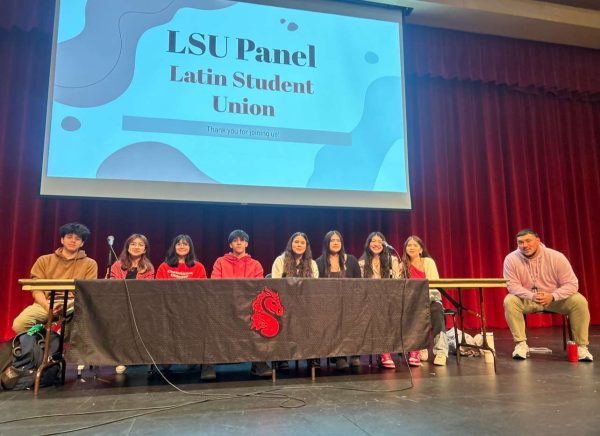
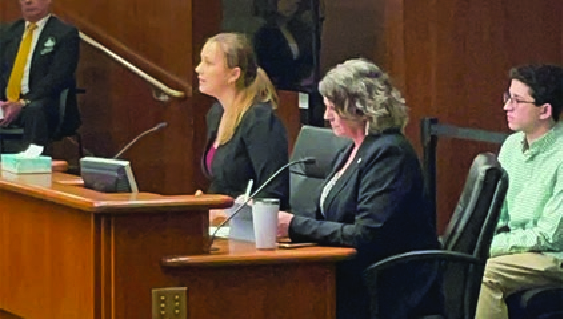

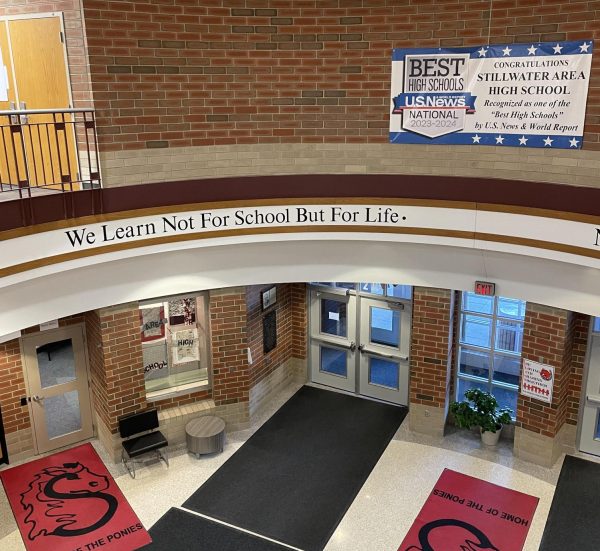
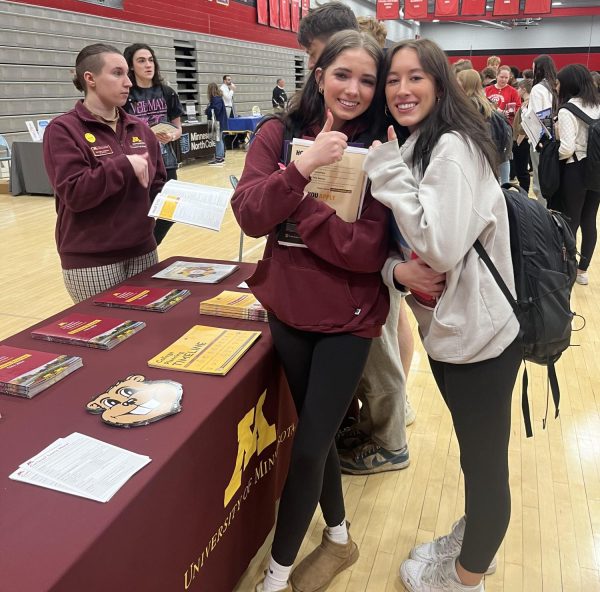
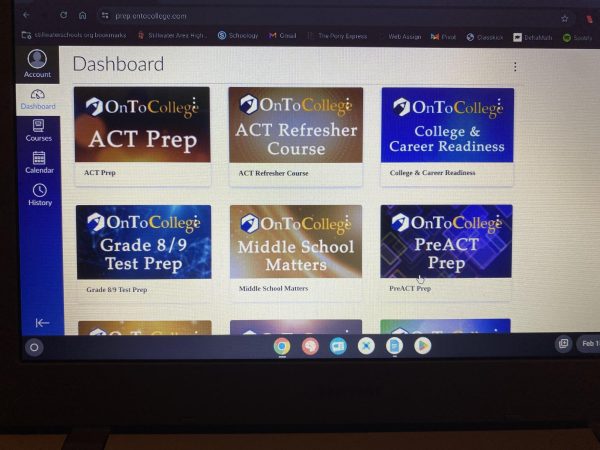
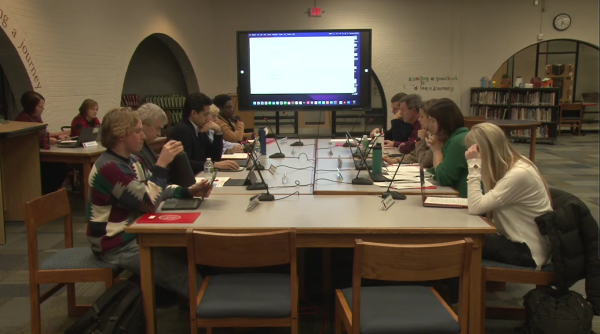
Joe Price • Nov 10, 2014 at 9:47 pm
Overall, great article. I loved your quotes from the principal. However, I didn’t really care for how you spoke for the whole student body at some points in the article. But you nailed the descriptive lead. Congrats!
Alan Hehr • Nov 10, 2014 at 11:18 am
I like the lead it really drew me in to the Article and i also like how you have used many different scores and different views on the topic.